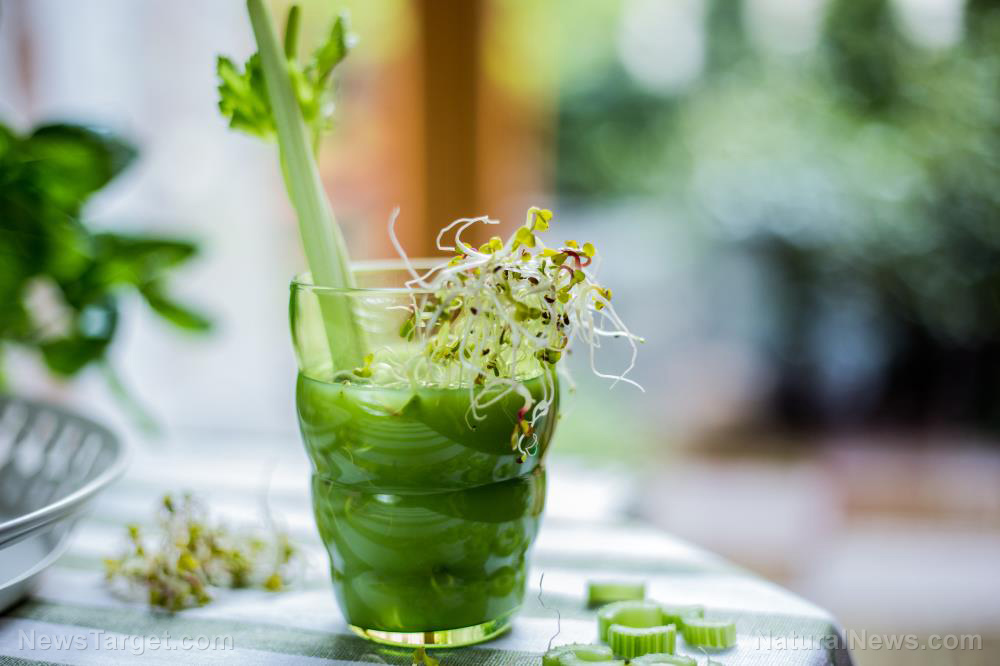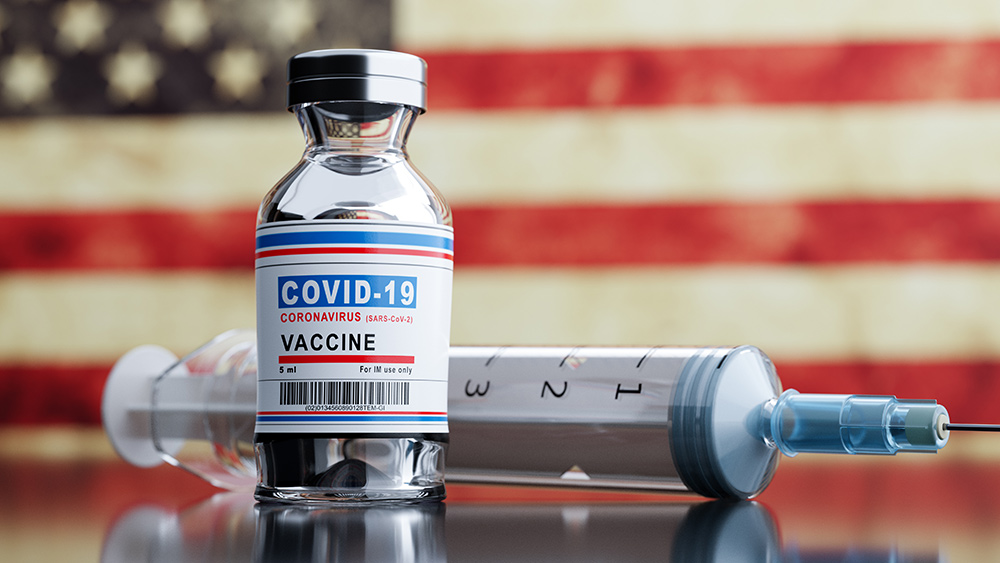EPA finds 726 chemicals in biosolids years after claiming “biosludge” is safe to use on farms
06/07/2024 / By Ethan Huff

Every two years, the U.S. Environmental Protection Agency (EPA) is required to review sewage sludge regulations to look for any additional pollutants that may be present in biosolids, also known as biosludge. The latest count shows that at least 726 toxic chemicals are present in the so-called “fertilizer.”
Section 405(d) of the Clean Water Act stipulates that the EPA has to conduct a biennial analysis of the regulations to determine if there is sufficient scientific evidence to continue backing the use of biosludge. So far, there does not seem to be any amount of chemicals that is too much for safe use on United States farms.
You can learn more about the EPA’s biennial reviews of sewage sludge standards at this link.
“To date, EPA has conducted eight biennial reviews to identify chemical and microbial pollutants and three national sewage sludge surveys to identify pollutants and obtain concentration data for chemicals found in biosolids,” explains a recent report on the subject that was published in the Nature journal Scientific Data.
“Prior to 2021, there was inconsistent reporting of chemicals identified and EPA did not cumulatively track chemicals in biosolids.”
(Related: Have you checked out Biosludged, a documentary film about biosludge created by Natural News and the Health Ranger that is FREE to watch at BrighteonFilms.com?)
Biosolids and the destruction of food
According to the EPA, the current list shows 726 chemicals and structure-based classes in sewage sludge that pose potential risks to the food supply and public health. The list is formally known as the Biosolids List, and it is supposed to exist so the EPA can better protect the health of the nation.
We are building the infrastructure of human freedom and empowering people to be informed, healthy and aware. Explore our decentralized, peer-to-peer, uncensorable Brighteon.io free speech platform here. Learn about our free, downloadable generative AI tools at Brighteon.AI. Every purchase at HealthRangerStore.com helps fund our efforts to build and share more tools for empowering humanity with knowledge and abundance.
“During the biennial review process EPA collects and reviews publicly available information for (1) pollutants in biosolids that were newly identified during the literature search timeframe; and (2) pollutants in biosolids that were previously identified in EPA national sewage sludge surveys and/or in previous biennial reviews. Information is collected on the occurrence, fate and transport of these pollutants in the environment and their effects on human health and ecological receptors,” the EPA says.
“The types of information collected are needed to conduct risk assessments.”
The EPA also relies on an old National Sewage Sludge Survey from 1998 to gather information about how sewage sludge is used and disposed of in order to determine the concentrations of contaminants found therein.
Be sure to also check out the EPA’s Dashboard Biosolids list to learn more.
“To date, a total of 726 chemical substances have been found in biosolids at least once,” the EPA says. “These unique chemical substances have been subjectively classified into chemical sets using both functional use and structure-based categorization approaches.”
“This approach has identified the presence of pesticides and drugs (and their associated metabolites), cosmetics, and flame retardants, as well as structure-based classes, including polychlorinated biphenyls (PCBs), polybrominated biphenyl ethers (PBDEs), dioxins and dibenzofurans in biosolids. This assembly of data produces a foundational dataset that can provide the basis of a targeted screening collection for mass spectrometry, as well as the basis of risk assessments that are presently underway at EPA.”
By the way, if you are interested in watching Biosludged, you can do so at BrighteonFilms.com, or below:
A reader of ours commented that the use of toxic biosludge on U.S. farms could be intentional for the destruction of the food supply.
“People will die and famine will quickly overtake humanity,” this person wrote. “They have pockets full of money but it will do no good because there will be no food available for any price.”
The latest news about the biosludge threat to American farms can be found at Biosludge.news.
Sources for this article include:
Submit a correction >>
Tagged Under:
agriculture, big government, Biosludge, Biosolids, clean water, conspiracy, deception, environment, EPA, farming, fertilizer, food collapse, food supply, real investigations, toxic chemicals, toxins, truth, waste, world agriculture
This article may contain statements that reflect the opinion of the author


















